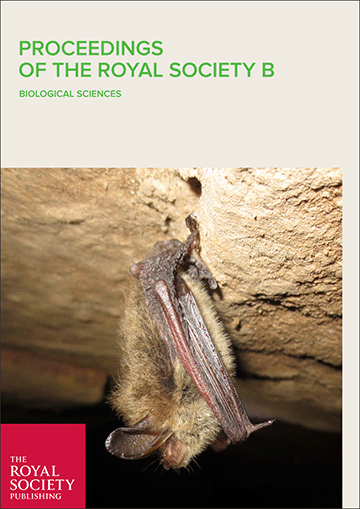Download:
DOI:
https://doi.org/10.1088/1748-9326/ab3dc6Altmetric score:
Dimensions Citation Count:
Publication year
2020
Authors
de Sy, V.; Herold, M.; Achard, F.; Avitabile, V.; Baccini, A.; Carter, S.; Clevers, J.G.P.W.; Lindquist, E.; Pereira, M.; Verchot, L.V.
Language
English
Keywords
carbon sinks, mitigation, tropical forests, emission, remote sensing
Geographic
Brazil, Ecuador, Colombia, Peru, India, Thailand, Lao People's Democratic Republic, Bolivia, Argentina, Viet Nam, Myanmar, Indonesia, Malaysia, Liberia, Democratic Republic of the Congo, Cambodia
























